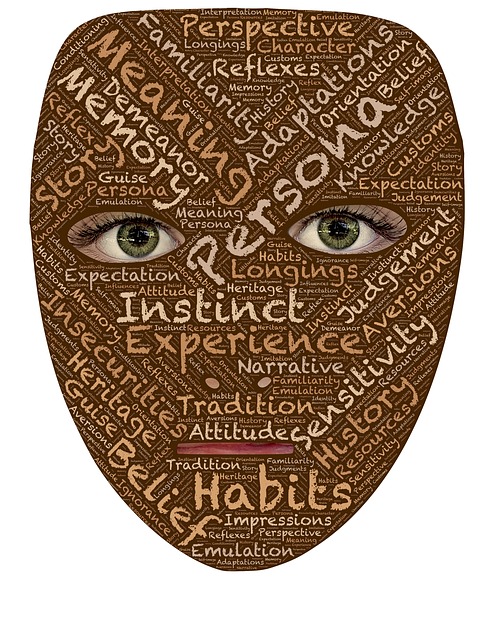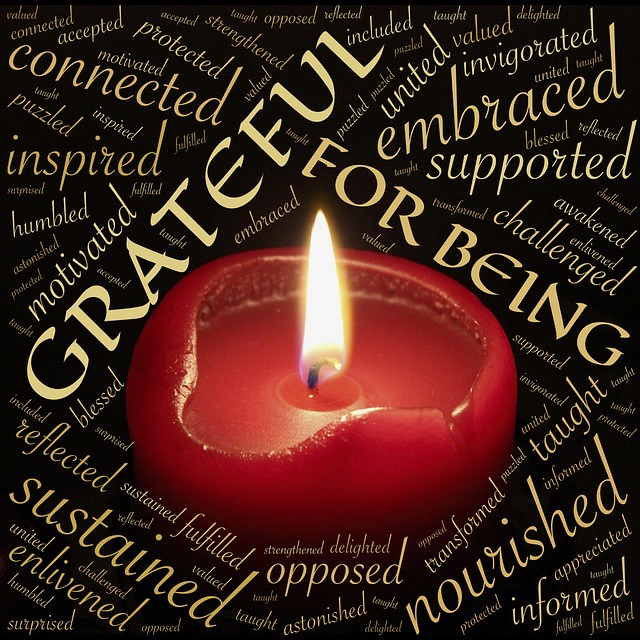In a penetrating video presentation, Lance Allred asks the questions, “What is Your Polygamy?” Polygamy in the context of his talk is a metaphor for the “absolutes” that we carry in our head from childhood (absolutes that have been reinforced by our own self-stories and by the projections of others). Lance was raised in a polygamous Mormon community established by his grandfather. The community’s beliefs were very “black and white” – no room for grey. Polygamy was practised because of the belief that the more wives you had, the closer you were to God.
Lance’s absolutes included the following:
- He had to prove himself to God and man because he was born defective as a legally deaf child
- Mormonism is the one true faith and you can only get to Heaven if you are faithful to Mormon beliefs.
Lance escaped from the Mormon community at the age of 13 years, but he maintains that it is taking him a lifetime to escape his “absolutes”. He did become the first legally deaf NBA player, but this became another trap – he became captured by the lights and accolades to the point were his sense of self-worth was dependent on the views of others. He won the praise of others but began to lose his integrity. He was so caught up with defining himself as an elite basketball player that when he was cut from the NBA team, he was severely depressed and entertained suicidal thoughts.
What are your absolutes?
Our absolutes are “culturally indoctrinated” and embedded in our everyday language – they live underneath the “shoulds”, the “musts” and the “have to’s” that we tell ourselves daily and use as excuses when confronted by personal challenges or the requests of others (either explicit or implicit requests).
Lance contends that knowing our “absolutes” is a journey into “self-intimacy” and overcoming them is a lifetime challenge of moving outside our “comfort zone”. He argues persuasively that “we were not born to be caged within our comfort zones” – places of comfort created by our absolutes that we mistakenly view as giving us certainty in an increasingly uncertain and ambivalent world.
Our absolutes hold us back from becoming what we are capable of being. We fear failure because with new endeavours we will need to move beyond what we know and are comfortable with. We are concerned about what people will think of us if we don’t succeed in our endeavour, particularly if we put ourselves “out there”. Lance, however, maintains that “you are bulletproof if your worth is not tied to an outcome” – in his view, by being authentic and true to yourself, you can overcome fear and rest in the knowledge that your worth can never be challenged or questioned. Growth comes through discomfort, and failure contributes to growth because it precipitates deep learning about our self, our perceptions and our absolutes.
Reg Revans, the father of action learning maintained a similar argument, when he said:
If you try to do something significant about something imperative, you will come up against how you view yourself and how you define your role.
Don’t let others determine what you are capable of
Lance stated that others can reinforce the cage of your comfort zone by projecting onto you their own absolutes and/or fears. He tells the story of his first game as an NBA player that he came to play because someone was injured, and a replacement was not readily available. The coach told him not to try to do too much, just settle for one or two goals and lots of defence. He was effectively communicating his belief that Lance could not accomplish more because of his deafness disability. Lance went on to score 30 goals in his first game as well as 10 rebounds. His message as a result – “don’t define yourself by your disability and don’t let others determine what you are capable of”.
Often people associate deafness with both physical and intellectual disability. As Lance stated, the greatest challenge he had to face with his disability was not the disability itself, but others’ perceptions of who he was and what he was capable of.
Lance had been profoundly deaf since birth and had difficulty talking in a way that people could understand. He spent thousands of hours in speech therapy and has become an accomplished public speaker and author. I discussed his latest book, The New Alpha Male, in a previous post.
Reflection
In another video presentation, Lance contends that moving beyond our absolutes and associated fears takes perseverance and grit, traits that he maintains define leadership. I can relate to the need for perseverance and grit in moving beyond peoples’ expectations of what you are capable of when you experience a disability.
In 1974, a disc in my back collapsed resulting in my inability to walk or even stand without extreme sciatic pain. I was told that I would never play tennis again. However, over 18 months, I undertook every form of therapy I could lay my hands on – chiropractic treatment, remedial massage therapy, hydrotherapy, acupuncture, light gym work, physiotherapy and osteopathy. When using the exercise bike in a gym (I hate gyms!), I would envisage playing tennis again. My osteopath, Dr. Graham Lyttle, got me back on deck and I having been playing social tennis weekly for the last 40 plus years.
I can also relate to Lance’s concept of “absolutes”. As I used to play tennis fixtures at an “A” Grade level, I have carried in my head the absolute that I should not make a mistake at tennis. Managing my expectations around this personal absolute, has been a constant challenge. I can take to heart Lance’s exhortation that if your self-worth is not tied to an outcome, you can overcome your absolutes and become what you are capable of being.
As we grow in mindfulness, we can become aware of our absolutes and how they play out in our lives and develop the self-regulation and courage required to move outside our comfort zone and realise our full potential. We can move beyond our procrastination and undertake our meaningful work.
_____________________________________
Image by John Hain from Pixabay
By Ron Passfield – Copyright (Creative Commons license, Attribution–Non Commercial–No Derivatives)
Disclosure: If you purchase a product through this site, I may earn a commission which will help to pay for the site, the associated Meetup group and the resources to support the blog.









